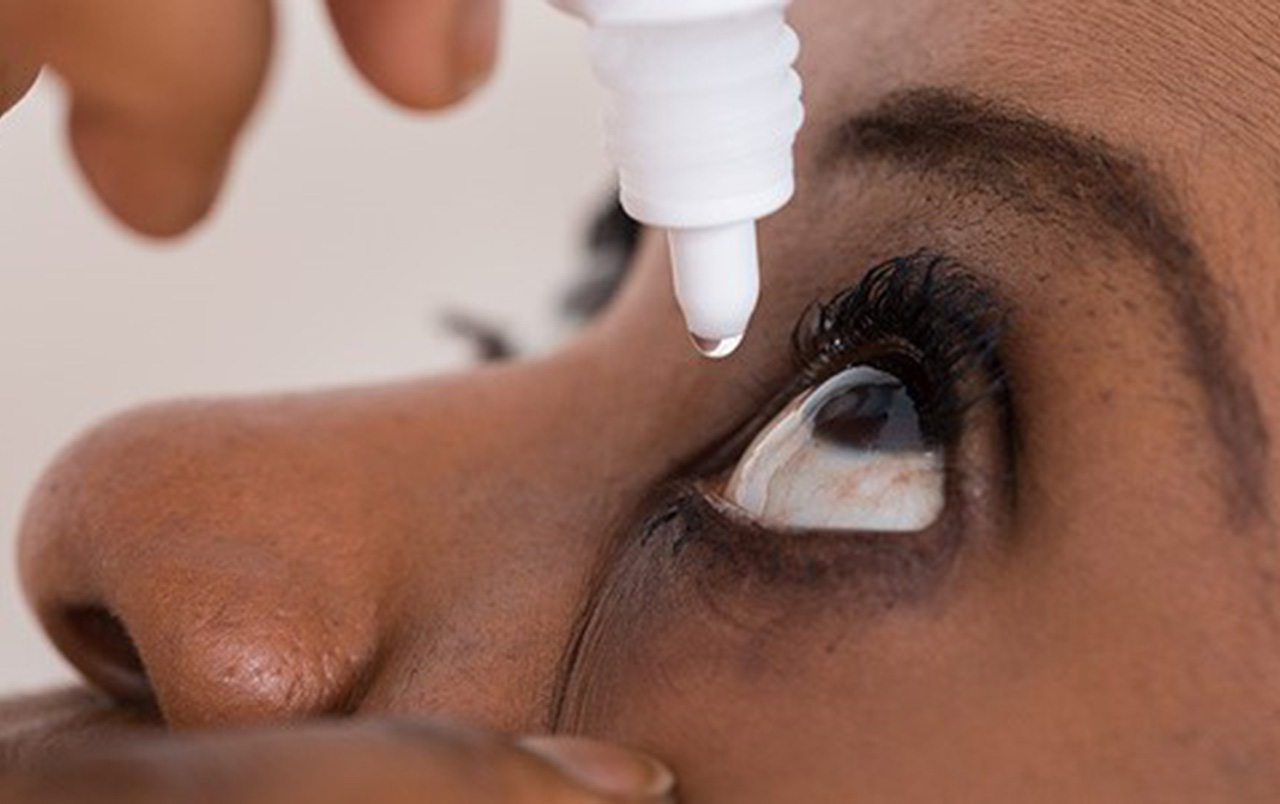
Tears are a combination of water, for moisture; oils, for lubrication; mucus, for even spreading; and antibodies and special proteins, for resistance to infection. These components are secreted by special glands located around the eye. When there is an imbalance in this tear system, a person may experience dry eyes.
What are dry eyes?
Dry eyes occur when your tear glands don’t produce enough tears to lubricate your eyes. This condition can be uncomfortable and painful. It can be caused by both medical and environmental factors.
What is dry eye syndrome?
Dry eye syndrome is a general term used to describe dry eyes caused by either poor quality tears or diminished tear production. The symptoms include:
- scratchy, dry, and painful sensation in both of your eyes
- feeling like something is in your eyes
- redness
- mucus in or around your eyes
- light sensitivity
- fatigued eyes
- blurred vision
Sometimes, a person with a dry eye will have excess tears running down the cheeks (called “reflex tearing”), which may seem confusing. This happens when the eye is irritated from dry eyes. The eye sends a distress signal through the nervous system for more lubrication. In response, the eye is flooded with tears to try to compensate for the underlying dryness (it’s similar to getting sand in your eye which causes your eye to tear a lot). However, these tears are mostly water and do not have the lubricating qualities or the rich composition of normal tears. They will wash debris away, but they will not coat the eye surface properly.
Causes of dry eyes
In addition to an imbalance in the tear-flow system of the eye, dry eyes can be caused by situations that dry out the tear film. This can be due to dry air from air conditioning, heat, or other environmental conditions. Other conditions that may cause dry eyes are:
- aging
- certain medications
- certain medical conditions
- environmental factors
- contacts
- allergies
- menopause
How Are Dry Eyes Treated?
There are a number of steps that can be taken to treat dry eyes. You should discuss treatment options with an eye care specialist. Treatments for dry eyes may include:
Artificial tear drops and ointments. The use of artificial teardrops is the primary treatment for dry eye. No one eye drop/ointment works for everyone, your eye care practitioner would determine what is best for you.
Temporary punctal occlusion. Sometimes it is necessary to close the ducts that drain tears out of the eye. This may be done temporarily with a dissolving plug that is inserted into the tear drain of the lower eyelid to determine whether permanent plugs can provide an adequate supply of tears.
Non-dissolving punctal plugs and punctal occlusion by cautery (application of heat to tear exit duct). If temporary plugging of the tear drains works well, then longer-lasting plugs or cautery may be used or your doctor may decide to bypass the temporary plug and use a permanent plug. These measures increase the tear level by blocking the “drainpipe” through which tears normally exit the eye and enter the nose. The plugs can be easily removed. Rarely, the plugs may come out spontaneously or migrate down the tear drain. Many patients with particularly bothersome dry eyes find that the plugs or surgical occlusion (cautery) improve comfort and reduce the need for artificial tears.
Lipiflow. Lipiflow is a medical device that uses heat and pressure on the eyelids to unclog blocked glands. These glands produce oil as part of the tear film. The oil lubricates the eye and prevents the tears from evaporating.
Testosterone cream. Harvard medical school research has shown dry eye can be related in a number of people to not enough testosterone in the eyelids oil glands. You can discuss with your doctor the use of testosterone cream for the eyelids to help the oil glands function better.
Restasis. The FDA approved the prescription eye drop Restasis for the treatment of chronic dry eye. It helps your eyes increase their own tear production with continued use.
Other medications and nutrition. Other medications, including steroid eye-drops, can be used for short periods of time as an adjunct to other long-term measures. There is growing evidence that increasing the oral intake of fish oil and omega-3 via diet or supplement is very helpful to those suffering with dry eye.
